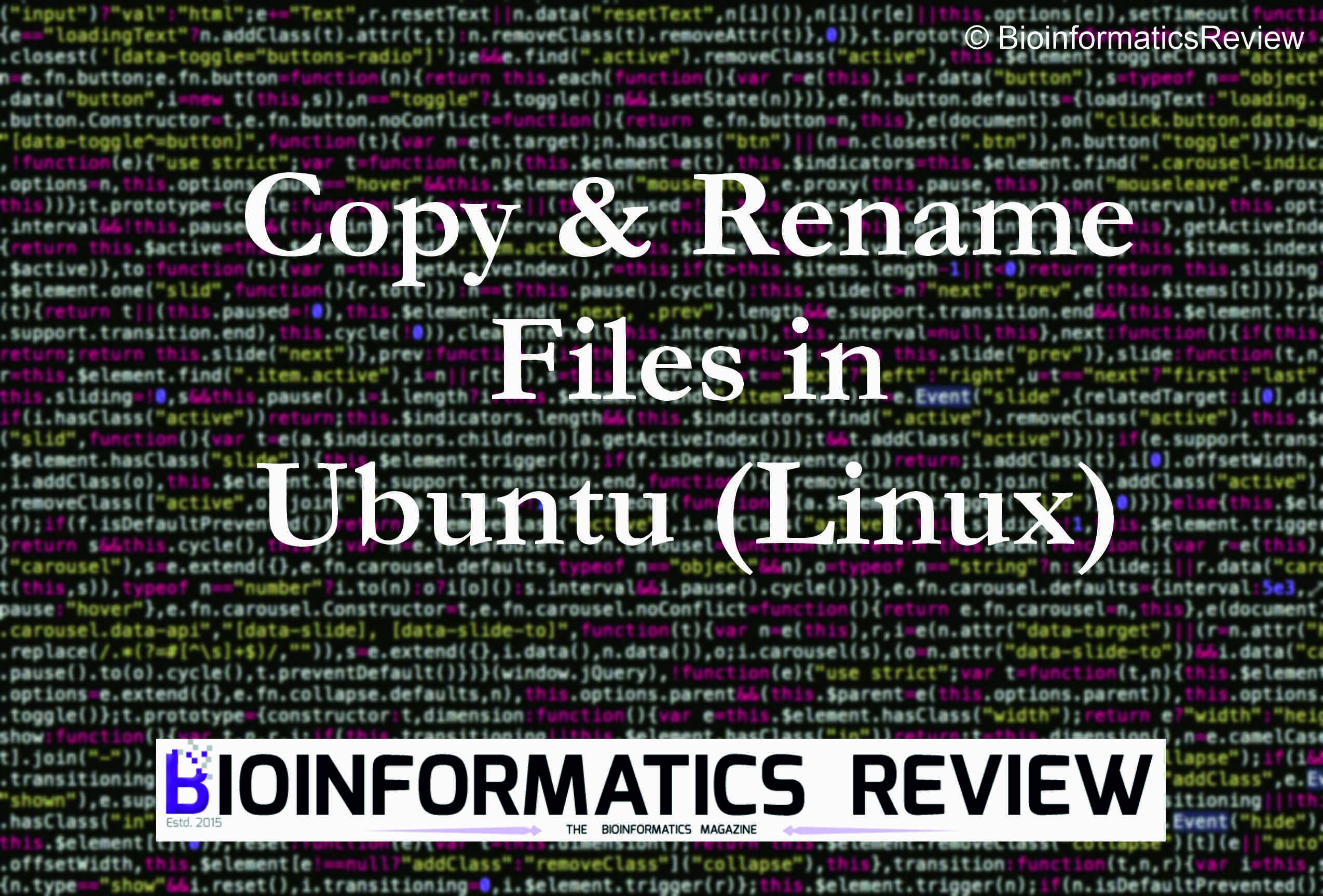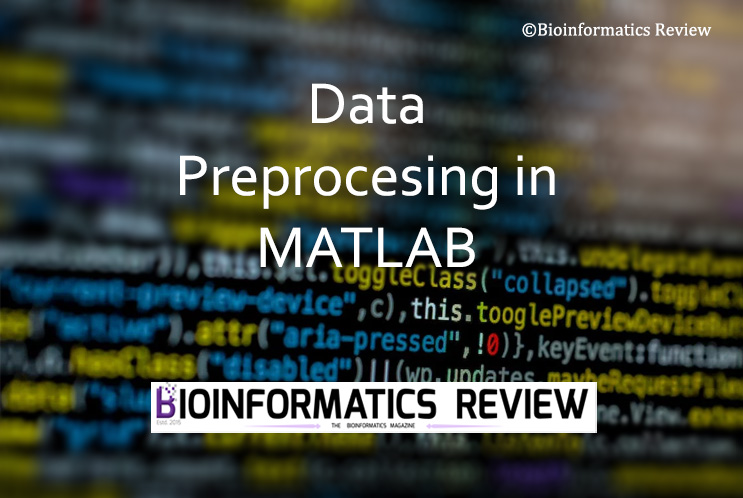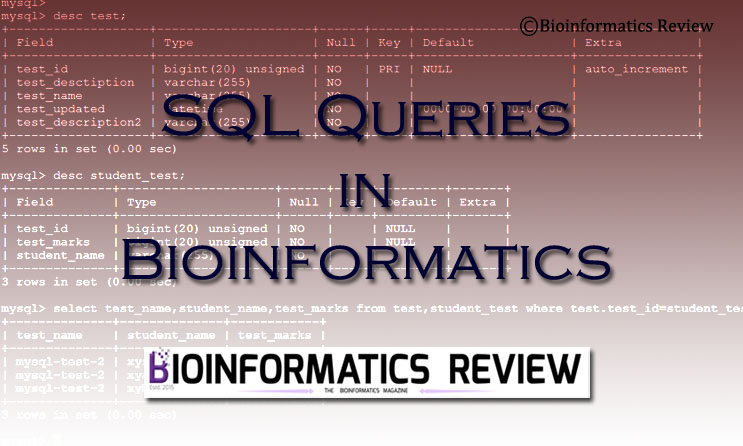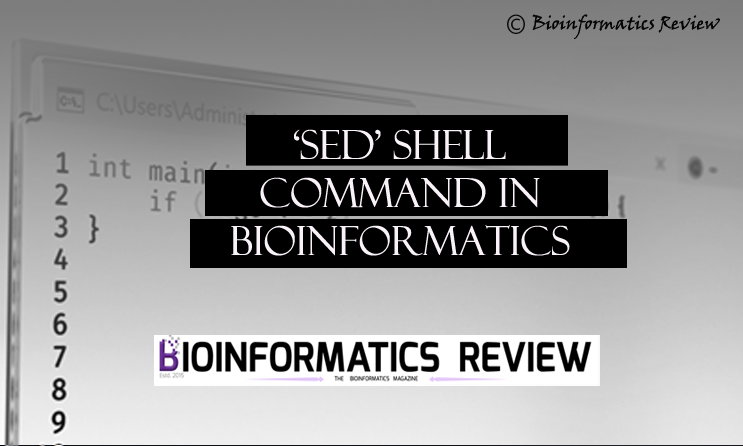When it comes to handling large data files to process, it becomes very difficult to write programs for the beginners, especially when you have to execute another script within one. For this purpose, the Linux operating system offers several advantages for bioinformatics programming such as ‘awk’ and ‘sed’ one-liners, they prove to be of great help!
The sed command is a stream editor that parses and performs basic text transformations on a file or an input stream from a pipeline. sed allows restricting the command to certain lines or characters. It reads text line-by-line, removes trailing newline, and stores them into an empty data buffer known as pattern space, on which the specified commands are executed. It is an amazing utility but the documentation is a bit difficult.
Syntax:
sed OPTIONS... [SCRIPT] [INPUTFILE]
In bioinformatics, sometimes we need to edit large fasta files, which is quite difficult and tedious when done manually. The replacement and deletion commands of sed are most widely used, which can edit more than five thousands of sequences in a few seconds.
sed substitution command:
sed 's/regexp/replacement/g' input > output
or to modify the input file without getting output in another file, -i option is used:
sed -i input 's/regexp/replacement/g'
It has a vast range of applications in bioinformatics programming such as:
- one can easily edit or modify the fasta headers in a file consisting of a large number of sequences,
- can search for a particular expression present within the sequences,
- can delete text in between the lines, or in terms of bioinformatics, it can easily delete a specific number of residues from specific lines,
- can handle large data files, and so on.
In Perl, sed command can be easily executed using exec(), system(), qx//, or backticks (``) depending on the need of the program. The similarity between the sed and Perl is that they use similar identifiers and/ characters. For example,
[table id=2 /]
If you want to insert five blank spaces at the beginning of each line, then the following can be used:
$ sed 's/^/ /'
Again, here ‘^’ is used for recognizing the first character in a line in Perl and sed.
Further reading:





